Fujifilm's latest release in their X mount range is the Fujinon XF 30mm f/2.8 LM WR Lens, a compact and lightweight lens that is perfect for a wide range of photography, including macro, portraits, and street. With a fast maximum aperture of f/2.8, it also allows for great low-light performance. Yes, there are wider apertures from the Fujifilm range, but none I expect can shoot as close to the subject and still provide highly detailed images as this one can.
When I first received the lens, I was intrigued to see how close it could actually go to the subject, as I had previously read that the closest focusing distance was 10 cm. With macro photography being relatively new to me, it would be interesting to see how the lens would perform for a novice. This lens gets close, very close, and in fact, I had to remove the lens hood to take most of the shots, as the subject was inside the hood, which was blocking the light. Macro isn't the only use for the lens, but it was for my first initial setup, and it performed brilliantly. Being so compact, I was able to use it in a variety of different locations when trying macro, and to be honest, it was actually the tripod that hindered how close I could get rather than the lens. For the remainder of my tests, I tried portraits and quick landscapes, as I was carrying the lens on dog walks and some handheld street and architecture shots, and each time, I was enamored with how detailed the returned images were.
Macro isn't the only use for the lens, but it was for my first initial setup, and it performed brilliantly. Being so compact, I was able to use it in a variety of different locations when trying macro, and to be honest, it was actually the tripod that hindered how close I could get rather than the lens. For the remainder of my tests, I tried portraits and quick landscapes, as I was carrying the lens on dog walks and some handheld street and architecture shots, and each time, I was enamored with how detailed the returned images were.
Build Quality
Compact and lightweight at only 195 g, the Fujinon XF 30mm R LM WR Macro provides a 1:1 magnification level, with a full frame equivalent of 46mm. The lens is made up of 11 elements in 9 groups and housed within a metal and plastic body with a filter size of 43mm and is finished off with a plastic lens hood. The lens feels solid in the hand and is a pleasure to use, whether for macro, portrait, or walkabout.
The lens doesn't contain any stabilization, which considering the size and weight, I wouldn't expect it to, as the camera's IBIS takes care of this. There's a good separation between the aperture and focusing rings and a good distance from the body of the camera to the aperture ring. Due to the stepped design of the lens, you won't make any mistakes between the two when solely working with the viewfinder.


The aperture ring ranges from f/2.8 to f/22 and rotates smoothly as you would expect from native Fuji lenses. Small indents can be felt when rotating between apertures, and the knurling of both the aperture and focusing rings is well defined. The focusing ring is smooth and precise, which helps the small movements for macro work.


The lens minus hood measures 70 mm, and with the hood attached, 95 mm. If you are doing macro work, however, you may want to remove the hood, as the minimum focusing distance is 10 cm.

Performance and Handling
The lens performed impeccably for me in every situation I tested it with. The autofocus is really fast and accurate. The depth of field is really quite narrow at f/2.8. I never noticed any fringing from the lens, and the image quality was great across the board, producing sharp, detailed images with accurate color rendition.
For portrait work, I photographed the subjects in close proximity, within four feet, and the lens captured a high level of fine detail in the subjects, as you can see in the gallery images below. The sharpness of the lens also allowed for close cropping without any detriment to the image. Due to the compact size of the lens, it would also be good for capturing candid shots, as it's less intimidating than some larger lenses, and with an aperture of f/2.8, it would be good for low-light conditions.
Being lightweight, the lens was easy to carry around all day, and due to its size, it is able to squeeze into the tightest of areas for macro work. I only recently started to try macro, so I have a long way to go, but using the lens helped me look at the more artistic expression of it.
Pros
- Price
- Macro results
- Focusing distance
- Focal length
Cons
- Remember to remove the lens hood if you want to achieve minimum focusing distance.
Conclusion
The Fujifilm XF 30mm f/2.8 R LM WR Macro lens is an exceptional choice for macro photography, which also fills a gap in Fuji's macro and focal range, with its larger and more expensive brothers, the XF 60mm f/2.4 R Macro and the XF 80mm f/2.8 R LM OIS WR Macro. Its compact, lightweight design, wide maximum aperture, close focusing distance, and sharpness make it an incredibly versatile lens that can produce stunning macro shots and portraits in a wide range of settings. For an everyday carry lens, you really can't go wrong. It's sharp, lightweight, unobtrusive, and fun to use in a variety of situations.
I've really enjoyed my time with the lens, and for me, it's opened up new avenues of photography that I'd like to try to get better at. Photography should be fun, and this lens really made it that.


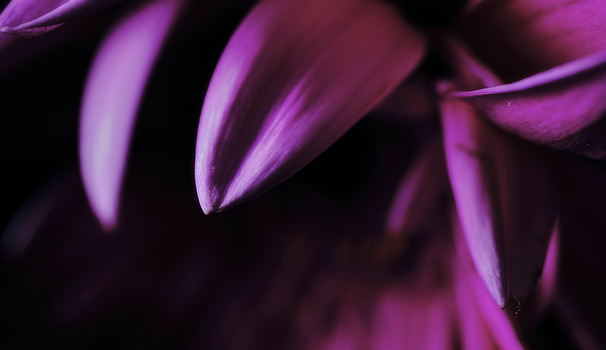

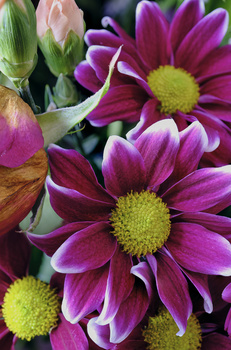

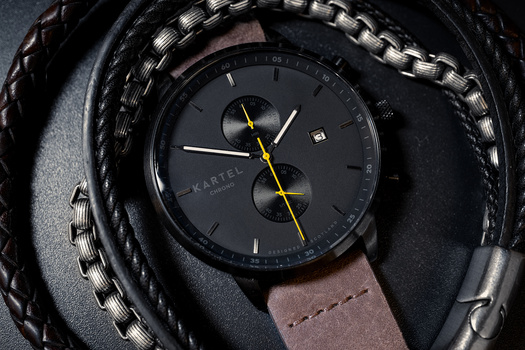
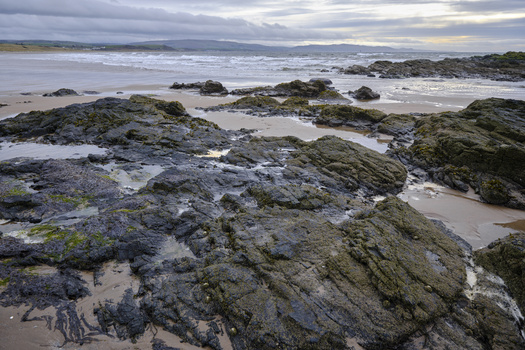



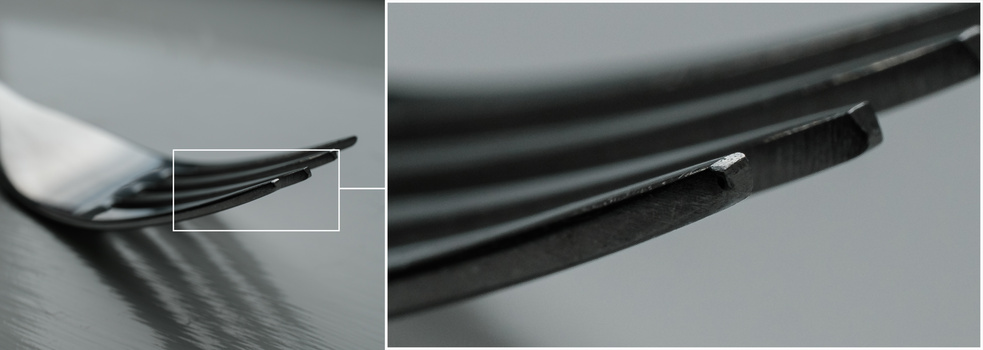

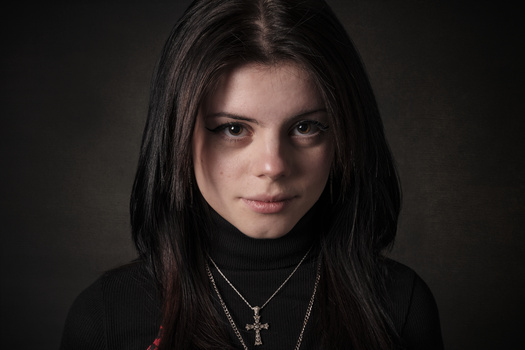
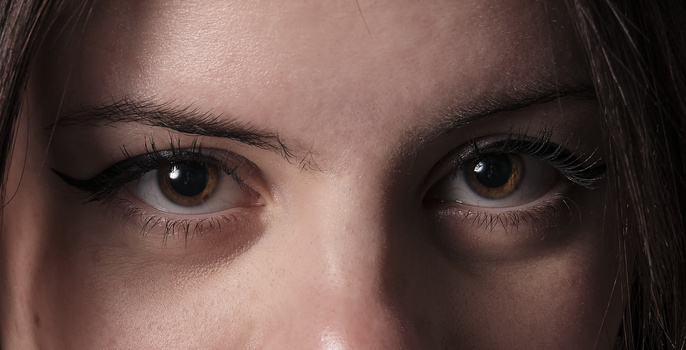


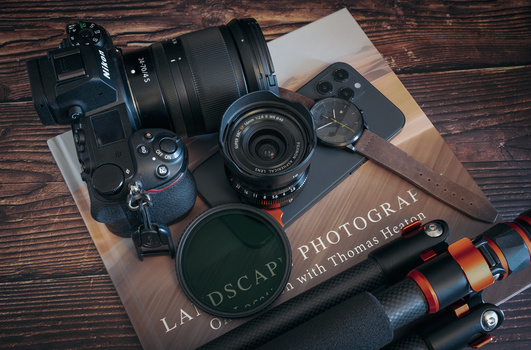

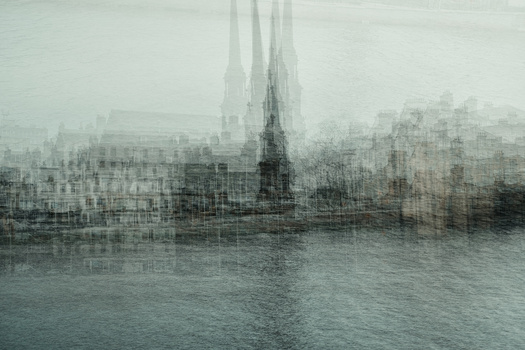







It's a great lens, and the one I now leave on the camera to grab and go.
However to call it a macro or even great macro option is rather misleading. 30mm is not a great macro FL for reasons you touch on. To get those 1:1 macro shots you have to remove the head, no big deal, but even then you can be blocking a lot of the light you need. This also rules out using it for any living creatures that will not hang around with you an inch from them. And once you are so close, even stopped way down the depth of field is razor thin, so you will ideally want to start focus stacking. And the sharpness isn't optimal between the centre and edges. So suddenly, the attractiveness of using it as a macro option wanes.
I also have a 23mm 1.4 LM WR. This only has 1:4 magnification, which is still good. I find I get much sharper images with this less (no big surprise), and If I crop in post, the IQ is so good and so sharp still it could be mistaken for a very good macro lens. What's more, because you are further away from the subject, even at f1.4 more of the image is in focus - no question of needing to focus stack. This is my main problem with the 30mm in my set up. I had hoped for more macro competency.
What this lens is, is a walk around lens you don't have to think about. It's very fast focussing, the FL is great for many things, it's lightweight. And you never have to think about how close you are to the subject. This lens adds all the convenience of a smartphone to your mirrorless Fuji camera. It's fun! It pairs very well with the 70-300 in this regard.
I used the 30mm on a trip and took only the Samyang 12mm AF and old 56 as well. Never used the 56, but it was a joy simply juggling changing lenses by having one in your pocket, the other one on camera. It was nice to enjoy where I was and the moment rather than being distracted by camera gear. The lens is growing on me, but I do think there other options out there that could do this equally well.
Yes with the shallow depth of field at such a close distance I did find focus stacking was needed. For myself it didn't bother me as I'm not a macro photographer and actually enjoyed the process. Totally agree about the distance from insects as I don't think they would sit long, if at all, with the lens this close.
It's a great walkaround lens allowing you to shoot everything and as you say you don't have to think about it.